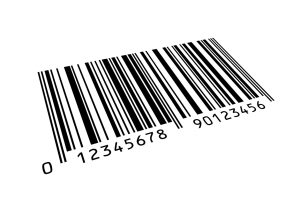Communication is key when you’re updating UPCs
By Andrea Ferrier, business development manager
Manufacturer UPC changes occur for a myriad of reasons — a new formulation, package downsizing to keep costs and pricing in line, or perhaps a product line was purchased from another manufacturer and the UPCs need to align with your company’s UPC structure. The key to a successful conversion? Great communication! It is important for manufacturers to communicate UPC changes — especially to retailers — to avoid interruptions in sales so as not to lose space on the shelf, as well as to have accurate pricing in retailers’ POS systems.
Wholesalers do not always communicate UPC changes to their customer stores, and, thus, shelf tags will not reflect the change, so it’s important to communicate that to retailers/store level yourself.
You should always communicate that message of the change to retailers more than once — think of the process similar to how news stations tell the news — they tell you what’s coming up, they tell you the actual news, and then a recap (don’t forget about the change).
- HRG suggests starting with an electronic message/email informing retailers of the change. Include why stocking that product benefits both the retailer and consumer.
- HRG also suggests following up with a direct mail communication. Include a table with the old and new UPCs and include shelf tags. Sending printed shelf tags with the new item UPCs helps as a call to action for retailers — they need to place these new tags on the shelf so that they order the correct product. It’s a benefit to them so they don’t lose sales and to the manufacturer to avoid interruptions in sales. Plus no one likes a hole on shelf.
Communicate a UPC change to wholesalers immediately so that they do not buy-in excess inventory of the old product; otherwise their inventory won’t be in sync with the changes at shelf in the stores. Letting the wholesalers know as far in advance as possible helps them to sell through current inventory and helps minimize additional product markdown dollars.
In addition to retailers and wholesalers, these changes should also be communicated to syndicated data sources so they can link the old with the new product, and avoid the appearance of interrupted sales. A period showing no sales could affect a product’s spot on the next planogram when it’s time for a category review.
Finally, don’t forget to update packaging images and descriptions for retailer and wholesaler e-commerce sites as well as your own social sites and websites. Our partner, Medipim, can help you provide a consistent source-of-truth for retailers and wholesaler PIM systems for just this type of situation.
